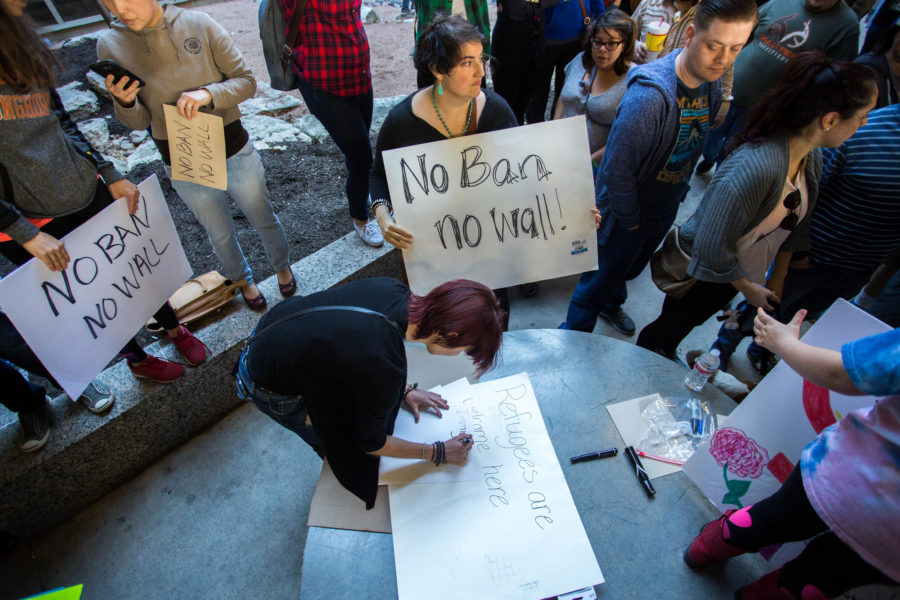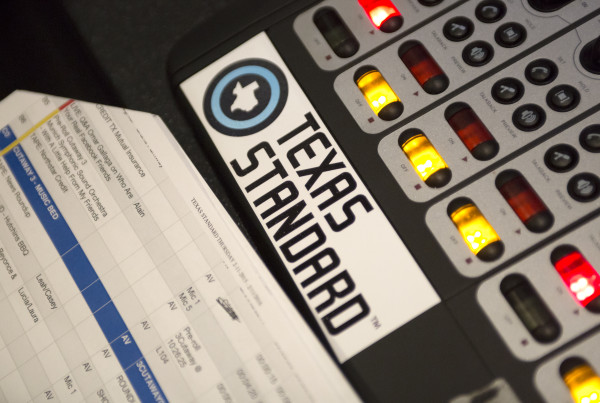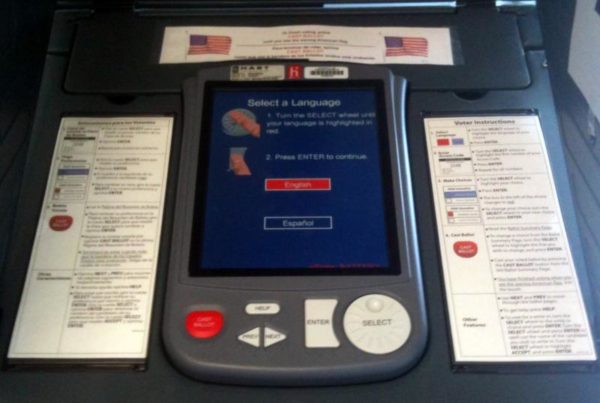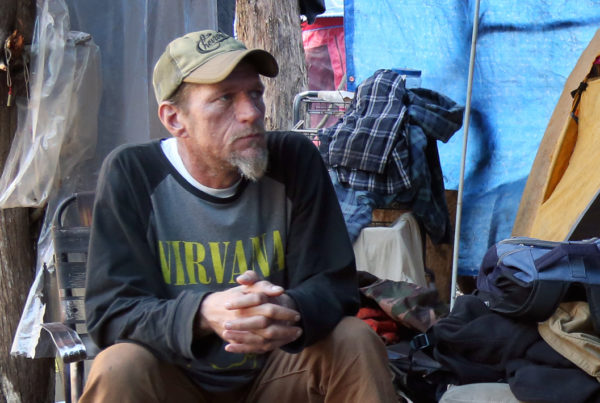President Donald Trump signed an executive order banning travel for 90 days from seven Muslim-majority countries on Jan. 27. The word came late that Friday, sparking confusion among travelers, visa holders, airlines and government officials. Questions arose over who exactly was affected and how the ban would be implemented.
But before those issues can be fully worked out, a legal battle over the executive order is adding to all the confusion. Trump’s executive order is temporarily blocked nationwide as of this past Friday, Feb. 3.
Judge James Robart of the U.S. District Court – Western District of Washington has not yet ruled on the ban, instead, he was able to place a nationwide stay after deciding that keeping the ban in effect would be more harmful in the long run than would be placing it on hold. Temporary restraining orders like this one usually last up to 14 days.
This case is one of many that have been filed across the U.S. in regards to Trump’s executive order. But this case – brought by the states of Washington and Minnesota against the U.S. Department of Justice (DOJ) – is gaining more attention.
The DOJ appealed to the Ninth Circuit Court of Appeals in San Francisco – which covers eight states including Washington – to reinstate the travel ban.
The court refused to immediately restore the travel ban. Instead, judges have asked to hear more arguments on the case.
The Ninth Circuit is expected to rule as early as Monday evening on whether to keep the restraining order in place or to let Trump’s travel ban continue unhindered.
Charles “Rocky” Rhodes, professor of law at South Texas College of Law, says in effect, the DOJ is asking for a “stay on the stay.”
“This is a confusing procedural mess,” Rhodes says.
Rhodes says this court case is similar to former President Barack Obama’s Department of Education guidelines on allowing transgender public school children to go to the bathroom that aligns with their gender identity. It is also similar to Obama’s immigration executive action which granted temporary legal status for undocumented immigrants. In these cases Texas judges were able to block the orders from coming into effect nationwide.
The theory is, Rhodes says, that the policy is the same across the country, so one judge can stop the policy from going into effect.
“The Supreme Court hasn’t really weighed in exactly on this point about how this works and they haven’t ever said the judge violated his discretion or his authority by doing so,” Rhodes says. “We’re going to have this kind of race to the courthouse now between different parts of the country, with respect to these programs that are implemented nationwide, but one judge sitting in one area can stop it.”
Rhodes says the next step for the case would be for either side to take their appeal to the Supreme Court if they don’t agree with how the Ninth Circuit rules.
“We might have exactly what happened with President Obama’s executive action on immigration where you have a split 4-4 court,” Rhodes says. “The order of the Ninth Circuit out in the California area would stand, even though that wasn’t a decision made by the United States Supreme Court.”
Written by Beth Cortez-Neavel.

















